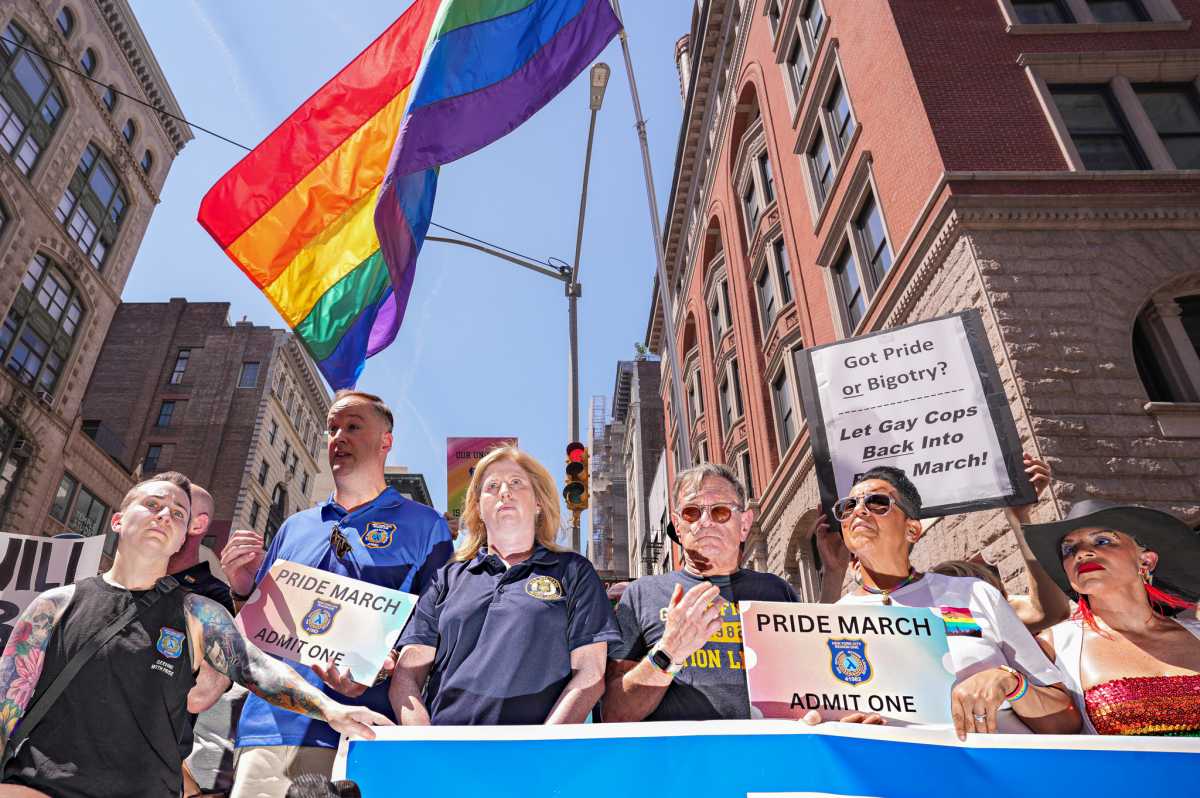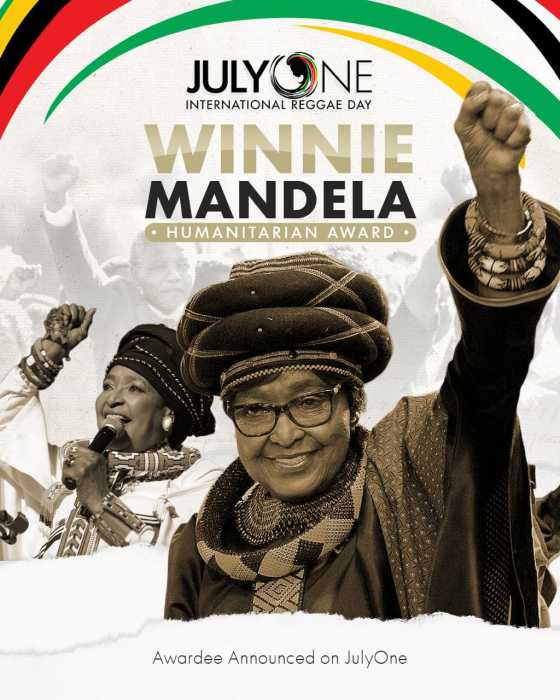Andrew Sullivan has a knack for stating the obvious in a way that seems profound, his latest totalizing exercise being a New Republic essay from this past October 24 called “The End of Gay Culture.” It covers all the well-trod territory about the gay community’s having gained threshold acceptance and being on the road toward the American Dream that we’ve been reading since Ellen became a talk show host and the faerie attendants took to giving straight men makeovers on TV.
Sullivan heralds the mainstreaming phenomenon and the decline of the gay ghetto in the language of fulfillment and accomplishment. Sullivan is not alone in his conclusion that the future is ours—but must the future be so normal? Nowhere is there recognition of the conflicts that distinguish gay culture from the mainstream, which will only accommodate so much.
To be gay, after all, is to be irreconcilably associated with anal sex. The impediment to our full assimilation is that it would require that straights too associate themselves with behavior many of them might in fact enjoy, but almost none has been willing to claim as their own. Sodomy is now legal, but it has yet to achieve the status of lovemaking reserved for straight copulation. Sullivan ignores the fact that gay men remain the central practitioners of a powerfully taboo ritual. Gay as a word and a culture carries with it this sense of the forbidden.
Culture creates and is created by words—holy words, common words, taboo words, forgotten and stolen words. Forgotten words are often fossils of forgotten worlds, like an arrowhead dug up from a Connecticut garden pointing to a Narragansett past, long since forgotten by the WASPs who themselves seem to be fading into some assimilating twilight.
What gay once meant—a word invented by people building a consciousness with few templates—and what it will mean are in fact worlds apart.
Gay has also become a powerful word that corporations have taken to milking, redefining, and representing. Culture is an invention—a set of descriptions about how life works in which some group of people believes. In this way, culture is made up of stories retold in innumerable ways. The question is not about the end of gay culture; it’s about who’s going to get to tell it, who our poets will be, and what’s happening to us. If the boardrooms of American culture have their way, gay will be another niche market, our poets will be good gays or straight actors who play us on TV, and we will become more like they want us to be, and ultimately less like our natures. Our culture, in other words, stands not to end but to be stolen from us.
The word gay was created to permit and provide a home for those people mainstream society would otherwise have tried to reshape and conform to a set of strict roles, gender displays, and sex and love philosophies. The universe of still-excluded people for whom the words gay and queer provide shelter include: the girlie man, the strong dyke, the polyamorous, people in open relationships, monogamous same-sex couples, bisexuals, men trapped in female bodies, asexuals, people who make a show of their fetishes, public exhibitionists, and others in whatever combination or phases they find themselves. Gay was supposed to be a confederacy of these innumerable types of queers who wished to resist socialization and wanted instead to create themselves.
Many of the geographical boundary issues that affect other cultures also affect gay identity. The gentrification of gay ghettos and the relevance of the rainbow flag speak to these kinds of border issues. The question that keeps teenage queer boys up all night is: What are the boundaries of gay? The human soul is a landscape where sexual longing is the limiinal zone between self and that other person one needs. How do we draw a line around that?
The rainbow flag is a clever act of gay declaration, certainly, but also serious subversion of everyone else. The flag purports not to represent gay people, but rather the very nature of the human soul. It is a flag embracing everybody, directly begging the real mainstreaming debate: How much will Americans liberate themselves to let us be free? And on the flip side, how much will we ourselves conform to repressive models of life in order to be accepted?
Mainstreaming has meant changes in popular culture, to be sure, but as well on the gay end of the spectrum. It has become gauche to enforce sexual reorientation of homosexuals towards heterosexual modes. In turn, institutional gay activism, often the face of gay culture to lawmakers and the media, has closeted sexual liberation in the name of marriage equality. Responding to a 25-year stigma associating gay sex with AIDS, free love has once again become promiscuity, a liability in the PR mythology wars still bound by nuclear family models.
Young gay men today are confronted with a good/bad, marriage/promiscuity dichotomy that ironically promotes a culture of anonymous hook-ups unmediated by their social networks, who might disapprove. Lost is the opportunity for multiple partners in which bedfellows are treated with respect, love, and ongoing interest beyond carnal satiation.
Diversifying sexual choices does not mean rejecting the marriage advocacy movement. There are many monogamously-oriented sexualities that deserve and require protections from those who seek to maintain man-woman relationships as a privileged preserve. Marriage equality need not compromise the grander game to liberate America from a Puritanical heritage that informs police controls on New York’s nightlife, insists that sex is more threatening than violence, and makes cheating on your wife an impeachable crime greater than any that George W. Bush has committed against the Constitution and the public trust.
Consider the example of one gay man who maintains long term sexual relationships with six different friends—some dear, some playing other roles—but opts to live alone so he can paint. The leaders who shepherd us issue by issue into the future worry that his life is a liability in the fight to gain legal protections for same-sex couples. That leads to a strategy for war based on the philosophy that we must frame our lives in ways familiar to heterosexual society. Framing the sexuality of this painter and his partners is complicated because it bucks too many conventions.
The cognitive lumping of people into neat categories has teetered on the edge between description and determination. When powerful people describe the world, the powerless often resign themselves to conforming to what others fashion for them. The painter will likely resist other people’s labels for him, but many young people can’t get through life without them. Unable to imagine a happy life that suits his needs and desires without settling on a single sex partner, the young man turns to nameless promiscuity. Our painter may not care that he and his six lovers find themselves outside the congratulations of those who define love, but others may be tortured by their failures of soul, depth, or whatever other word the assimilationists use so glibly.
Unfortunately, as the gay ghetto disappears, the opportunities for talking to each other become more specialized. We lose opportunities to communicate when we don’t foster conversational spaces, when we don’t read, when we have to rely on corporations to provide the cultural media we share to describe and create ourselves. The corporation, in its hunger to own everything, has acquired the power to choose who our spokespersons will be. The gay who seems most normal wins the prized position.
Are we leaving the ghetto because we now belong, as Sullivan argues, or are we being pushed out by high rents? Serving the urban planners and landlords as real estate’s avant garde, gays make dangerous neighborhoods safe for baby strollers, wrestling them back from poor people who inherited a city abandoned and devastated by industrial and factory outsourcing.
The effect of the end of the gay ghetto and the corporate control of our image of gender roles is becoming clear. It could be that fitting in among straight neighbors means not flaunting abnormal sexual identities as Sullivan implies. Or it could be that the post-AIDS sensibility aims to disassociate from manners that evoke old stereotypes and their stigmas—but to the detriment of free expression. The fay, the poof, the Quentin Crisp eccentric, the drag queen, and other interesting gender-destroying individuals feel the pressure to repress and instead act straight. In stark contrast to the age of glam rock, or the ethos of Warhol’s New York, or the history of homosexual culture from Oscar Wilde all the way back to the court of King James, this new gay culture—let’s agree now not to call it the end of culture—could well be rooted in the excision of AIDS from our collective self-image. Where Sullivan finds the end of the girlie man hopeful, others might see it as a shameful repression of profound expression—that if resuscitated could enliven again the yuppified New York nightlife scene.
Gay culture is stuck for the moment, as is the rest of American culture, in a fetish for the traditional that somehow reassures all of us that we can shelter ourselves from an impending, if undefined, apocalypse. This is not an achievement; this is a phase to be overcome. And, in fact, such conservatism and its cousin centrism, as in the ’50s or the Victorian era, could herald an almighty change coming down the road. Boredom will send a young tribe of gay artists deep into the libido again; it will also inspire a deeper reach than simply hooking up.
What will emerge will be a fresh color spectrum, perhaps worthy of a revamped flag, that insists that the repression on which civilization is built is the block of marble into which crazed sensualists will carve David—the slayer of monoliths.
gaycitynews.com
































